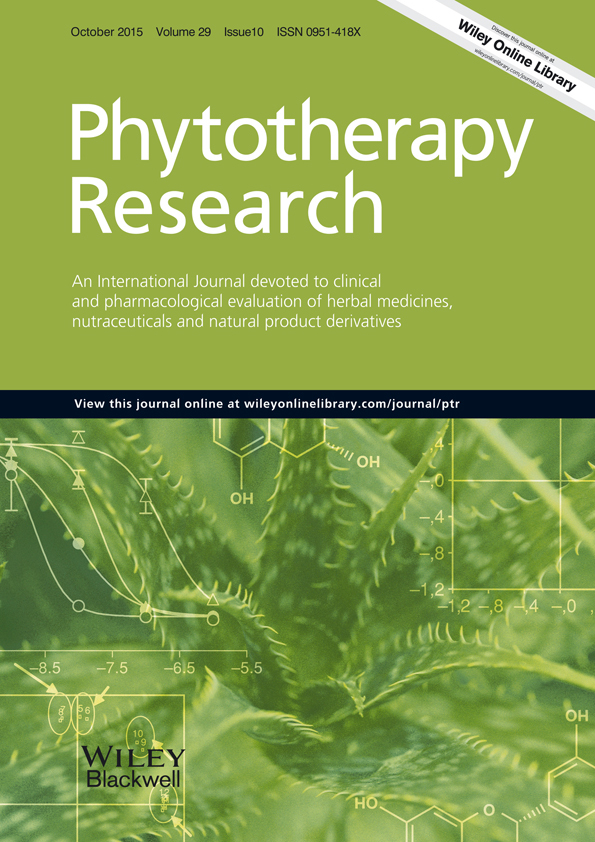Alpinia katsumadai Extracts Inhibit Adhesion and Invasion of Campylobacter jejuni in Animal and Human Foetal Small Intestine Cell Lines
Abstract
Alpinia katsumadai is used in traditional Chinese medicine for abdominal distention, pain, and diarrhoea. Campylobacter jejuni is the most common cause of bacterial food-borne diarrhoeal illnesses worldwide. Adhesion to gut epithelium is a prerequisite in its pathogenesis. The antimicrobial, cytotoxic, and anti-adhesive activities of a chemically characterised extract (SEE) and its residual material of hydrodistillation (hdSEE-R) from A. katsumadai seeds were evaluated against C. jejuni. Minimal inhibitory concentrations for SEE and hdSEE-R were 0.5 mg/mL and 0.25 mg/mL, respectively, and there was no cytotoxic influence in the anti-adhesion tests, as these were performed at much lower concentrations of these tested plant extracts. Adhesion of C. jejuni to pig (PSI) and human foetal (H4) small-intestine cell lines was significantly decreased at lower concentrations (0.2 to 50 µg/mL). In the same concentration range, the invasiveness of C. jejuni in PSI cells was reduced by 45% to 65% when they were treated with SEE or hdSEE-R. The hdSEE-R represents a bioactive waste with a high phenolic content and an anti-adhesive activity against C. jejuni and thus has the potential for use in pharmaceutical and food products. Copyright © 2015 John Wiley & Sons, Ltd.




